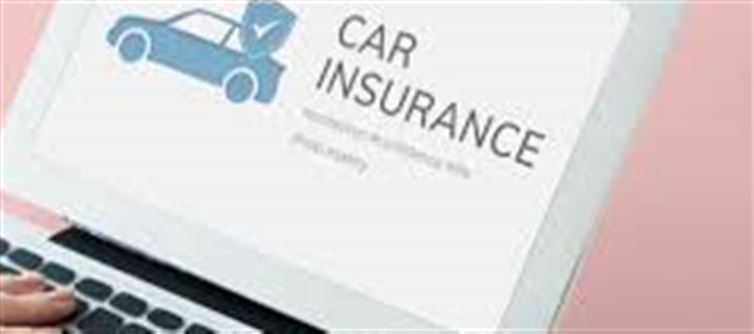
Buying a car is exciting, but choosing the right insurance can be confusing. One of the most common dilemmas for car owners is deciding between Zero Depreciation (Zero Dep) Insurance and Standard car Insurance. Both protect your vehicle, but their benefits, coverage, and cost implications vary. Understanding the differences can help you make a smarter, money-saving choice.
1. What is zero Depreciation Insurance?
Zero Depreciation Insurance is an add-on cover to your comprehensive car insurance. Unlike standard policies, it covers the full cost of replacing damaged car parts—plastic, rubber, fiber, or metal—without applying depreciation.
Example:
- Damaged bumper costs ₹20,000
- Zero Dep: Full ₹20,000 reimbursed
- Standard Insurance: Only 50% (₹10,000) reimbursed
Zero Dep ensures you don’t pay out-of-pocket for parts that normally lose value over time.
2. Key Differences Between Normal and zero Dep Insurance
Feature | Standard Insurance | Zero Depreciation Insurance |
Claim Payout | Reduced based on depreciation | Full cost of parts covered |
Age Limit | Covers all cars | Usually up to 5 years (some up to 7 years) |
Premium | Lower | Slightly higher |
Ideal For | Older cars or budget-conscious owners | New cars, luxury vehicles, frequent drivers |
Claim Example:
- Bumper: ₹20,000 → Standard ₹10,000 | zero Dep ₹20,000
- Side Mirror: ₹10,000 → Standard ₹6,000 | zero Dep ₹10,000
- Headlight: ₹10,000 → Standard ₹6,000 | zero Dep ₹10,000
Total Repair Cost: ₹40,000 → Standard pays ₹22,000 | zero Dep pays full ₹40,000
3. Who Should Opt for zero Dep Insurance?
Zero Depreciation is worth the slightly higher premium for:
- New car Owners: car parts are costly in the first few years.
- Luxury car Owners: Expensive components can make standard claims very low.
- Drivers Seeking Maximum Protection: No out-of-pocket costs after accidents.
- Frequent Drivers: Higher accident risk makes zero Dep a smart choice.
4. Limitations of zero Depreciation Insurance
- Usually limited to cars up to 5-7 years old
- Premium is higher than standard insurance
- Number of claims per year may be capped
Despite these, the protection offered often outweighs the extra cost, especially for new or high-value cars.
5. Final Takeaway
Choosing between zero Depreciation and Standard car Insurance depends on:
- Your car’s age and type
- Your budget
- Your driving habits
If you own a new or luxury car and prefer maximum financial safety, zero Depreciation is the smarter option. For older vehicles or those seeking a lower premium, Standard Insurance is sufficient.
Investing wisely in the right policy ensures accidents don’t burn a hole in your pocket, giving you peace of mind and better financial security.
.jpg)




 click and follow Indiaherald WhatsApp channel
click and follow Indiaherald WhatsApp channel